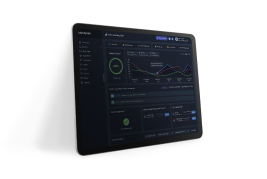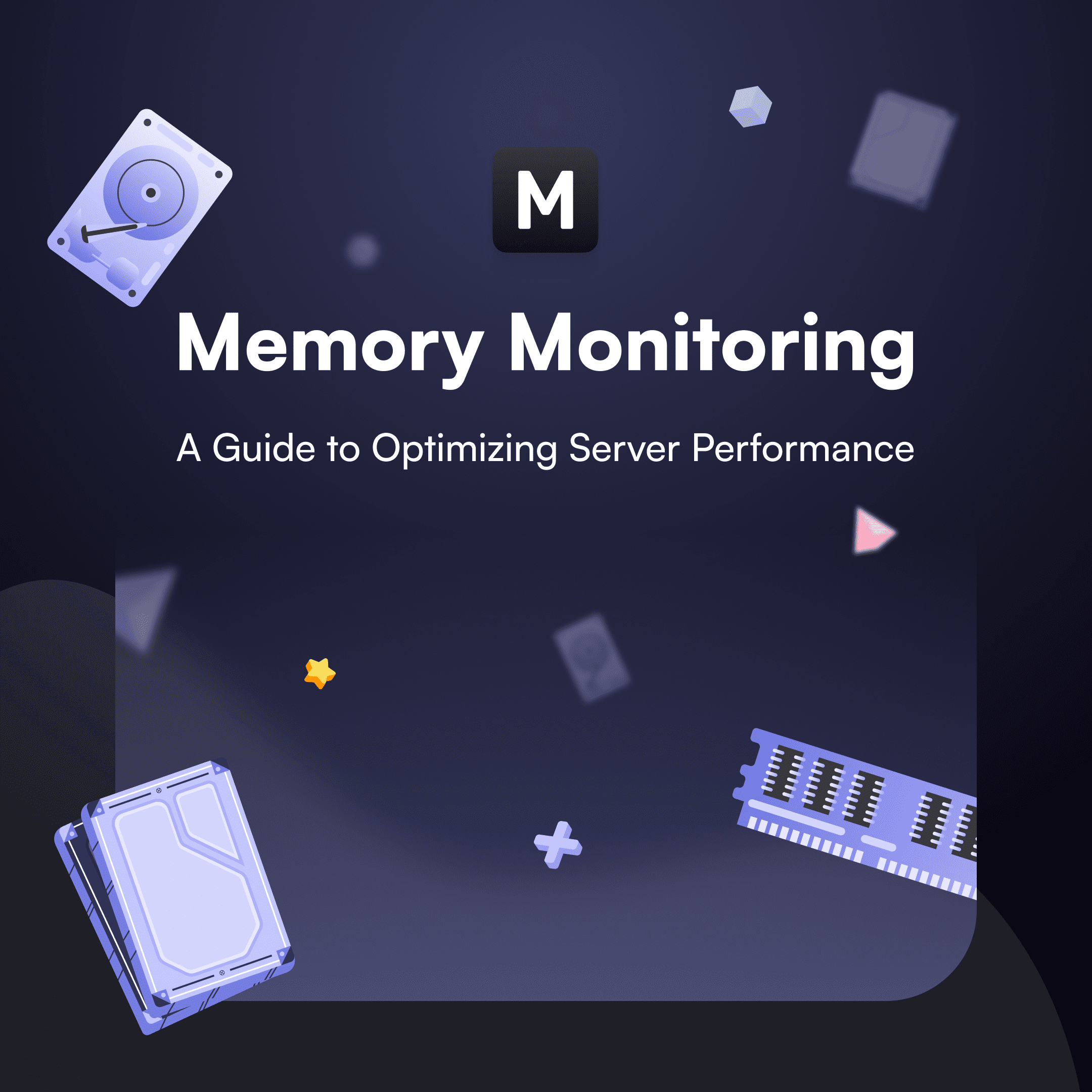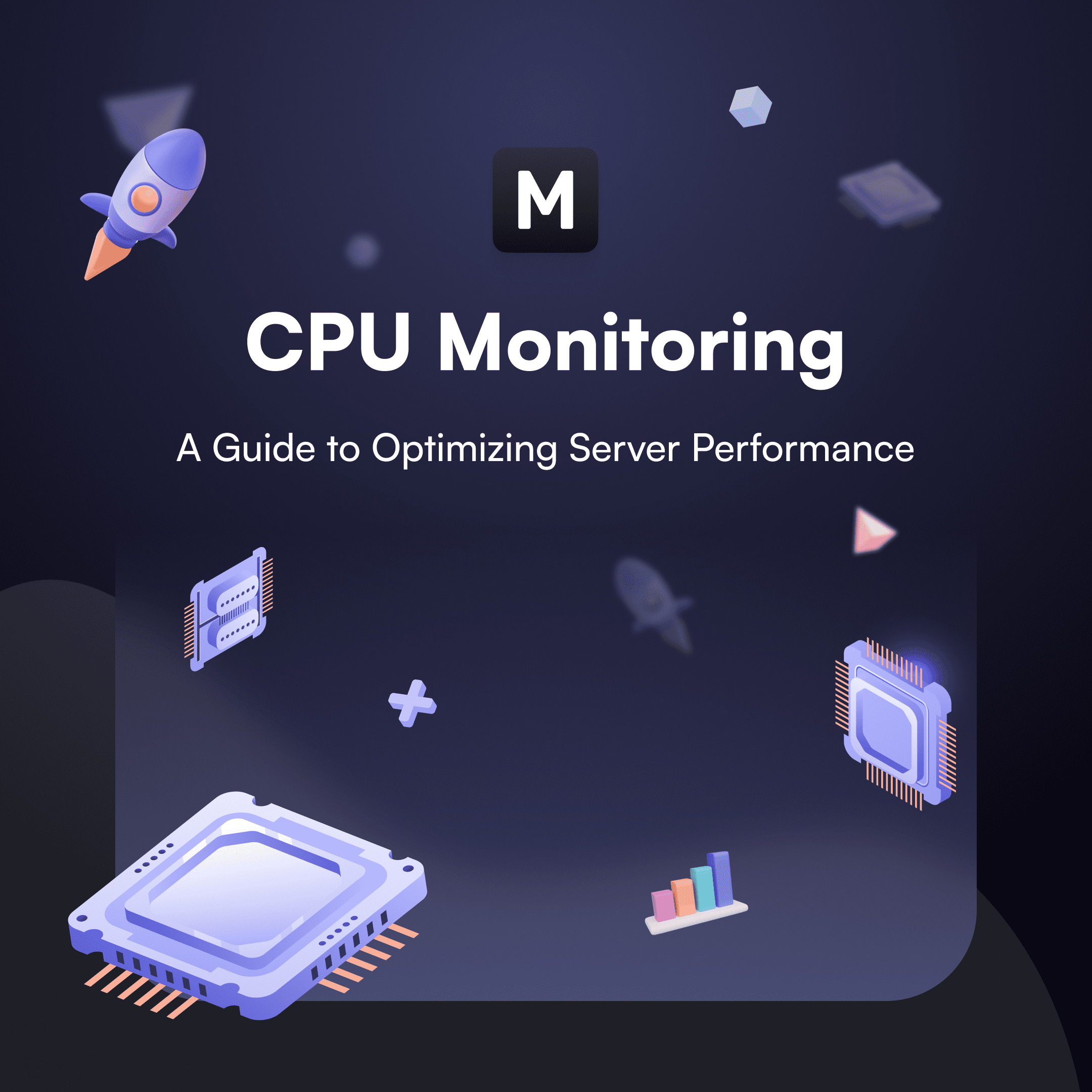
Running a website comes with its fair share of challenges, and one of the most crucial aspects is ensuring that your site is up and running smoothly. This is where uptime monitoring comes in. In this blog post, we will examine the details of uptime monitoring, discuss the advantages it offers to website owners, and offer guidance on selecting the appropriate tool to ensure optimal performance of your website. Let's get started!
What is Uptime Monitoring?
Uptime monitoring is a crucial tool for website owners and administrators. It ensures the availability of their websites by regularly checking for any downtime or issues. Through automated checks, it provides real-time alerts so that immediate action can be taken to minimize any potential disruptions. With uptime monitoring, website owners can have peace of mind knowing that their websites are always up and running smoothly.
Understanding the concept of uptime monitoring is essential for website owners and administrators. Uptime monitoring refers to the continuous process of checking a website's availability and ensuring it remains online without any downtime. It plays a crucial role in maintaining optimum website performance by alerting users whenever there are issues or disruptions in accessibility.
Importance of Uptime Monitoring
Highlighting the impact of downtime on businesses, it's crucial for website owners to prioritize uptime monitoring. Downtime can result in lost revenue, damaged reputation, and frustrated customers. By implementing a reliable monitoring tool that sends real-time alerts when availability is compromised, businesses can quickly identify and address issues before they escalate.
Emphasizing customer experience and satisfaction, uptime monitoring plays a vital role in ensuring uninterrupted service. Regular checks on website performance allow administrators to proactively fix any problems that could potentially disrupt user experience. By minimizing downtime through effective monitoring, websites can maintain high levels of customer satisfaction and retention.
Discussing the effect on search engine rankings, consistent uptime directly impacts a website's visibility in search engine results pages (SERPs). Search engines prioritize sites with good availability as they want to provide users with reliable resources. Monitoring helps ensure that websites remain accessible at all times, helping improve their rankings while maximizing organic traffic from search engines.
How Uptime Monitoring Works
Explaining how monitoring tools regularly check websites' availability:
- Uptime monitoring tools continuously monitor websites to ensure they are accessible to users.
- These tools use automated checks at regular intervals to verify if a website is up and running.
Detailing various methods used to monitor uptime, such as pinging or HTTP checks:
- Pinging involves sending a request from the monitoring tool's server and waiting for a response from the website's server.
- HTTP checks involve sending an HTTP request to the website and checking for an expected status code.
Clarifying notifications and alerts received when downtime occurs:
- When downtime is detected, uptime monitoring tools can send instant alerts via email, SMS, or phone call.
- These alerts provide real-time information about the downtime occurrence so that administrators can take immediate action.
Benefits of Uptime Monitoring
1. Improved user experience: Uptime monitoring allows website owners to ensure that their site is always accessible and functioning properly, resulting in a smooth and seamless user experience.
2. Prevention of downtime: By constantly monitoring the uptime of a website, issues or potential problems can be identified early on, allowing for immediate action to prevent any significant downtime that could negatively impact users and business operations.
Improved User Experience
Reduced loading times mean that users can access your website quickly and efficiently, leading to a more positive experience. With smooth navigation, visitors can easily find what they're looking for without getting frustrated or lost. Say goodbye to error pages as the improved user experience ensures minimal disruptions and a seamless browsing journey.
Prevention of Downtime
Real-time alerts promptly notify you of potential issues, allowing you to take immediate action and prevent downtime. Proactive maintenance practices ensure that your website stays up and running smoothly, minimizing the risk of unexpected disruptions. Automatic server failover automatically redirects traffic in case of a server failure, ensuring uninterrupted access for your users. Stay ahead of downtime with these proactive measures.
Implementing real-time alerts helps identify potential problems before they escalate into significant issues, enabling you to address them proactively and avoid costly downtimes. Regularly scheduled maintenance tasks further bolster your website's performance by addressing any underlying vulnerabilities or bottlenecks. In addition, automatic server failover quickly transfers user requests to alternate servers when one fails, guaranteeing seamless availability even in the event of hardware failures or network outages. Keep your website online at all times with these prevention strategies.
Early Detection of Issues
Immediate notifications for website errors, detailed monitoring reports for analysis, and quick identification of performance bottlenecks are crucial in the early detection of issues. With uptime monitoring, you can stay informed about any errors or glitches on your website in real-time through instant notifications. Additionally, detailed monitoring reports provide valuable insights that help analyze trends and patterns to identify potential problems before they escalate. By quickly identifying performance bottlenecks, you can address them promptly and ensure optimal website performance.
- Instant notifications for website errors
- Detailed monitoring reports for analysis
- Quick identification of performance bottlenecks
Choosing the Right Uptime Monitoring Tool
When choosing an uptime monitoring tool, it is important to consider key features that will meet your website's needs. Look for tools that offer real-time alerts, customizable monitoring intervals, and comprehensive reporting capabilities. Additionally, consider the scalability of the tool to ensure it can accommodate your website's growth.
Pricing and plans are another crucial factor in selecting an uptime monitoring tool. Compare different options and determine which plan offers the right balance between price and features. Keep in mind that while cost-effective solutions may be appealing, it is essential to choose a reliable provider with excellent customer support.
A user-friendly interface can make all the difference when managing your website's uptime. Opt for a tool with an intuitive dashboard that allows you to quickly navigate through settings, view performance metrics at a glance, and easily interpret data. This will save you time and help streamline your monitoring efforts for maximum efficiency.
Key Features to Look For
Real-time monitoring ensures that website owners have immediate visibility into the uptime status of their websites. With real-time monitoring, you can stay updated on any downtime or performance issues as they happen, allowing for quick troubleshooting and resolution.
Having multiple check locations is essential for accurate uptime monitoring. By checking your website from different locations around the world, you can ensure that it is accessible to users worldwide and identify any regional connectivity issues promptly.
SSL certificate monitoring is another important feature to consider. With SSL certificate monitoring, you can ensure that your website's SSL certificates are valid and up to date. This is crucial for maintaining a secure and trusted online presence.
Alert notifications keep you informed about any disruptions to your website's uptime. This allows you to take immediate action and minimize potential loss of revenue or user satisfaction. Receive alerts via email, SMS, or third-party apps like Slack to stay in control of your website's availability at all times.
Public status pages are a useful feature that allows website owners to display the live uptime status and response time of their websites to the public. This provides transparency and builds trust with users, as they can see that your website is reliable and consistently available.
Try MonSpark: Ultimate Uptime Monitoring Tool
Ensure the continuous availability of your website and minimize downtime. Receive instant alerts when your site goes down or experiences issues, allowing you to take immediate action and avoid potential revenue loss.
Key features of MonSpark: Real-time monitoring of website uptime, with detailed reports on performance and downtime. Customizable alert notifications via email or SMS, providing timely updates on any disruptions. User-friendly dashboard for easy tracking and analysis of your website's health.
Pricing and Plans
Flexible pricing options: Our uptime monitoring service offers a range of flexible pricing options to suit your needs. Whether you have a small personal website or manage multiple high-traffic sites, we have affordable plans that can accommodate any budget.
Transparent billing structure: We believe in transparency, which is why our billing structure is clear and straightforward. There are no hidden fees or surprises when it comes to your monthly bill. You'll always know exactly what you're paying for and can easily track your usage.
Free trial period: Not sure if our uptime monitoring service is right for you? Try it out with our free trial period. Get hands-on experience with all the features and see how it can benefit your website without committing to a long-term plan.
User-Friendly Interface
- Intuitive dashboard: Our uptime monitoring tool offers an intuitive dashboard that allows website owners to easily navigate and access all essential information at a glance. No more time wasted searching for crucial data – everything you need is right there in front of you.
- Easy setup process: Say goodbye to complicated installations and lengthy configurations. With our uptime monitoring tool, setting up your website monitoring is as easy as 1-2-3. Just follow the simple step-by-step instructions, and you'll be up and running in no time.
- Customizable reports: We understand that every website owner has unique needs when it comes to tracking their site's performance. That's why our uptime monitoring tool provides customizable reports, allowing you to tailor the data presented according to your specific requirements. Gain valuable insights into your website's uptime with personalized reports designed just for you.
By providing an intuitive dashboard, an easy setup process, and customizable reports, our uptime monitoring tool ensures a user-friendly interface that simplifies the task of monitoring your website's performance. Stay informed about any downtime issues effortlessly while enjoying a seamless experience with our powerful yet straightforward tool.
How to set up and use MonSpark for your website: Simply sign up for a MonSpark account, enter the URL(s) you want to monitor, and customize your notification preferences. That's all!
Conclusion
The importance of uptime monitoring for website owners cannot be overstated. It ensures that your website is always accessible to users, minimizing downtime and maximizing customer satisfaction. With real-time alerts and comprehensive reports, you can quickly address any issues and keep your site running smoothly.
When choosing the right tool for your uptime monitoring needs, consider factors such as ease of use, reliability, and scalability. MonSpark offers an easy-to-use interface with powerful features that cater specifically to website owners' requirements. Give it a try today and experience hassle-free uptime monitoring at its finest.



